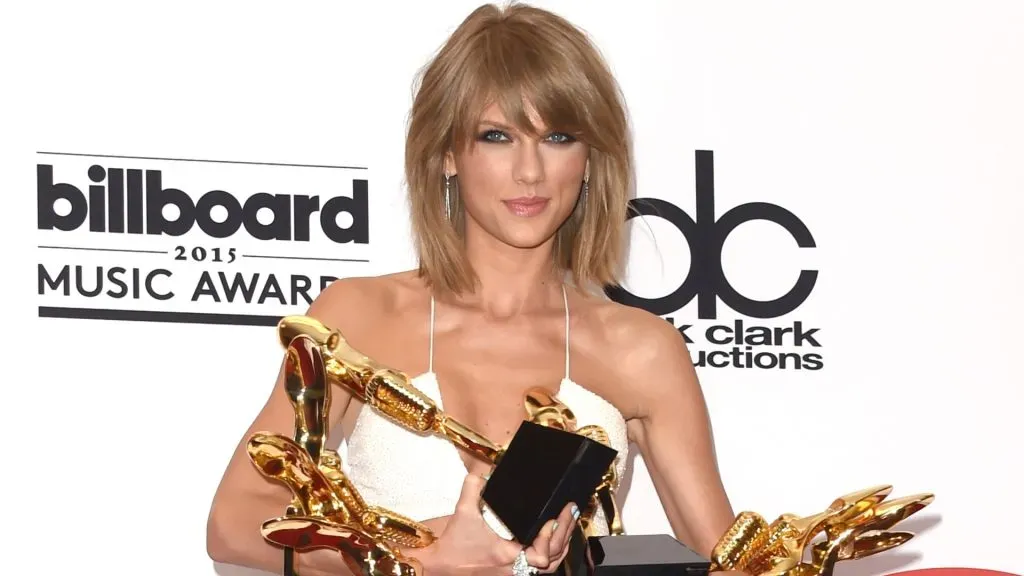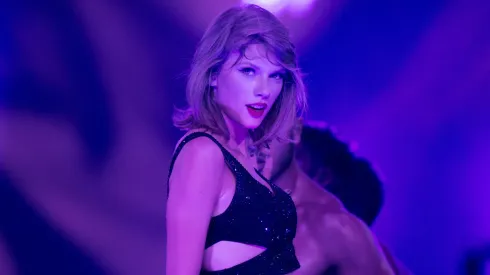The year 2014 marked a pivotal moment in the trajectory of a global superstar. With the release of her fifth studio album, 1989, Taylor Swift completed her definitive transition from a country music mainstay to a fully-fledged pop icon.
Named after her birth year, the album was a symbolic rebirth, jettisoning the acoustic elements of her past for a polished, synth-driven sound heavily influenced by late 1980s pop.
This sonic and aesthetic shift was a calculated masterstroke that resulted in a commercial and critical juggernaut, shattering sales records in an era of industry decline and securing her second Grammy Award for Album of the Year.
How 1989 Redefined Her Artistry and the Industry
The artistic choice embodied by 1989 was nothing short of revolutionary for Taylor Swift. After establishing herself as the quintessential country-pop narrator, the album’s complete embrace of synth-pop—guided by pop maestros like Max Martin and Shellback—was a declaration of intent.

Taylor Swift performs onstage during The 1989 World Tour Live In Los Angeles. (Source: Christopher Polk/Getty Images for TAS)
This wasn’t a tentative step; it was a leap into a soundscape dominated by synthesizers, crisp production, and highly structured hooks. Songs like “Shake It Off,” “Blank Space,” and “Bad Blood” became instant, ubiquitous anthems, not only demonstrating Swift’s versatility but also proving her ability to excel in the most competitive tier of global pop music.
The meticulous shift was designed for stadium-sized appeal, yet retained her trademark lyrical specificity, often cleverly addressing the media’s obsession with her dating life in tracks like “Blank Space,” effectively turning her public narrative into a marketable artistic statement.
Beyond the sound, the album’s success delivered a massive blow to the prevailing anxieties of the music business. Released in 2014, a time when the industry was grappling with the full impact of streaming and digital piracy, 1989 was a commercial colossus, selling over 1.3 million copies in the US in its first week—a feat not seen in over a decade.
This monumental performance didn’t just cement her superstar status; it offered a beacon of hope for album sales, demonstrating that a well-executed vision, coupled with a powerful artist brand, could still move massive units.

Taylor Swift poses in the press room with her eight Billboard Music Awards in 2015. (Source: Jason Merritt/Getty Images)
Crucially, this era also saw Swift take a profound stand against the nascent streaming economy, publicly challenging Apple Music over their policy of not paying artists during the three-month free trial period for their service.
Her open letter famously led the tech giant to reverse its decision, highlighting her extraordinary leverage and influence, and positioning her as a champion for artists’ rights, a role she continues to embody today through her extensive re-recording project, including the 2023 release of 1989 (Taylor’s Version).
The pivot of 1989 was thus two-fold: an artistic triumph and a strategic maneuver that irrevocably altered both her career and the broader music industry’s relationship with new media.





